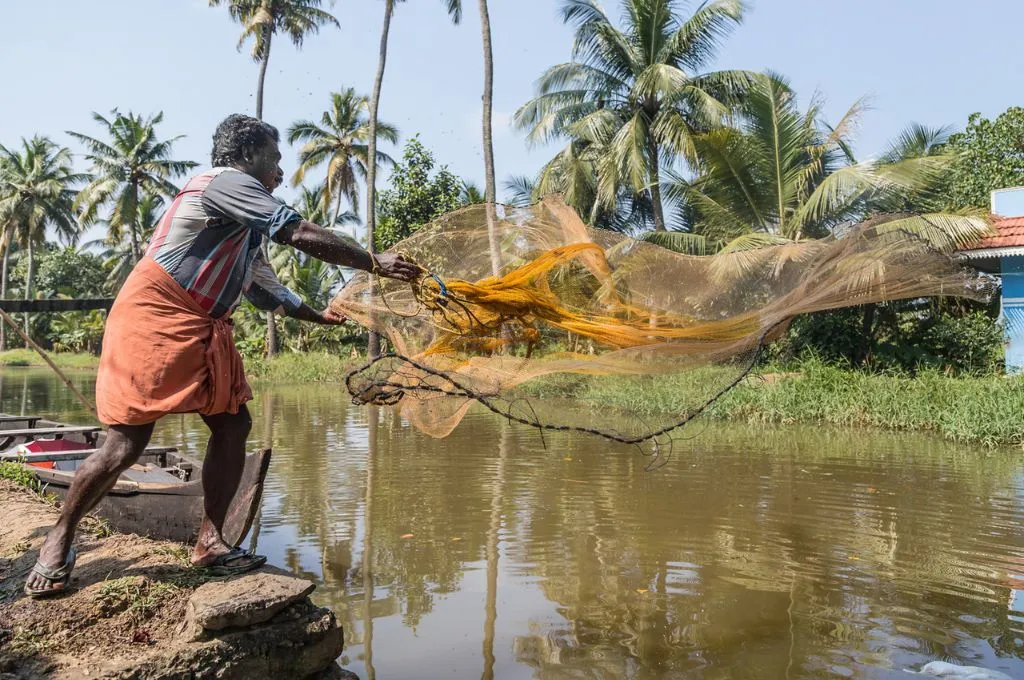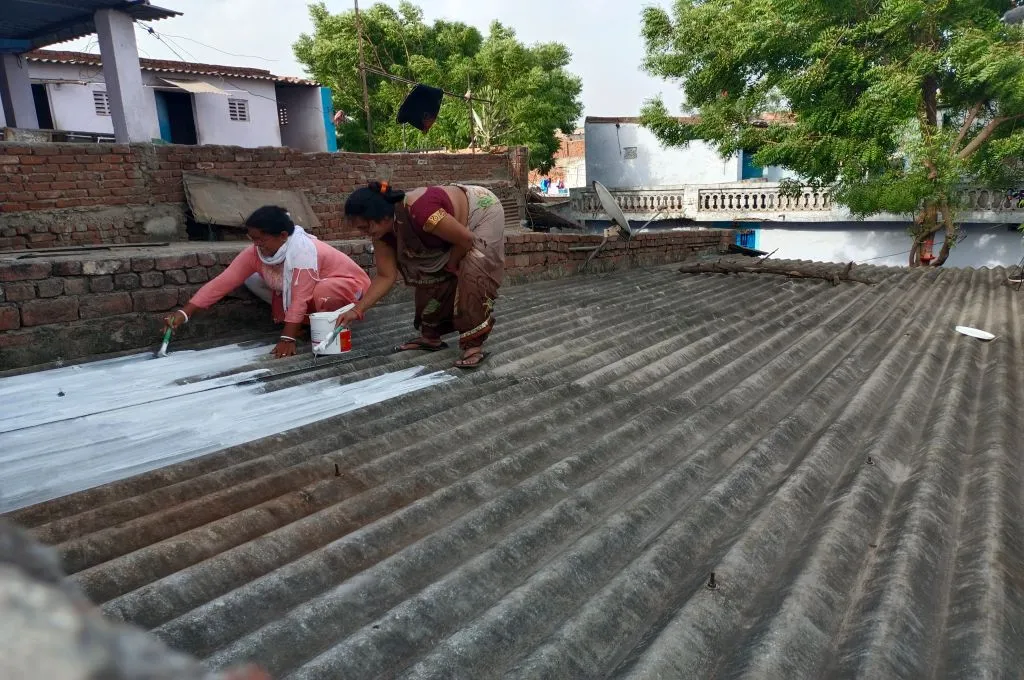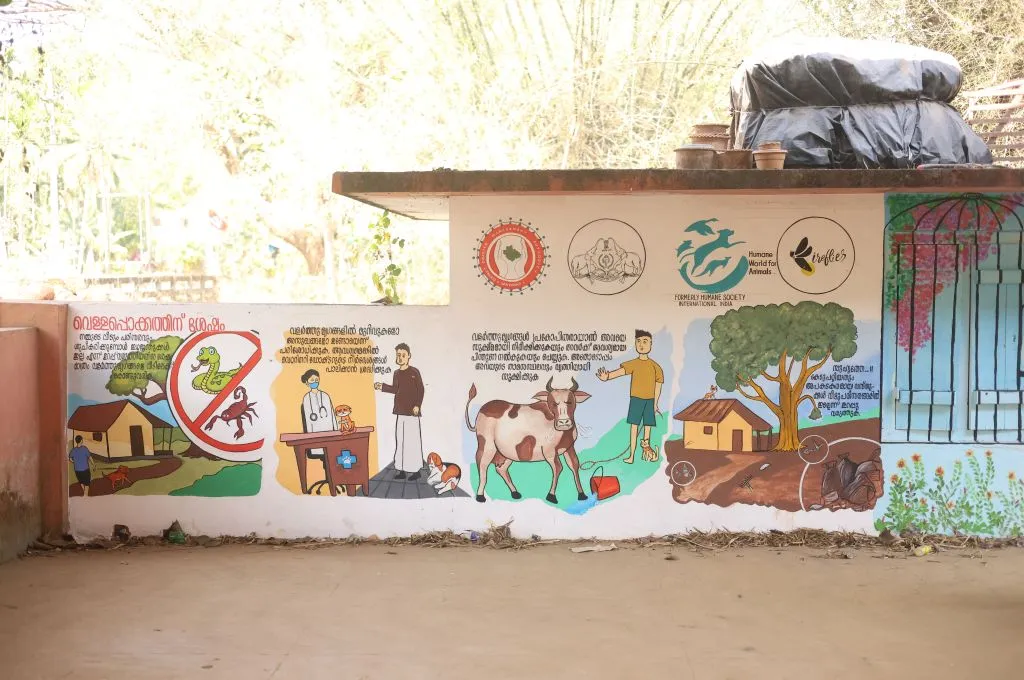When discussing the move from fossil fuels to renewable energy, government documents and reports increasingly talk about a ‘just transition’—one that shares the cost and the benefit equitably with communities. However, such transitions take place on a continuum, and as a country, we already have a bad track record. In fact, when it comes to coal, dams, and power projects, we have many examples of precisely what an unjust transition looks like.
Thousands, if not millions, have been displaced by development projects and hundreds of villages have been wiped out. In the 1950s, one generation of indigenous people was displaced by the public sector units. Captive mines of private companies have since hit the second generation too. There are inadequate records of the rehabilitation, resettlement, and relocation of those affected, especially in Chhattisgarh, Odisha, and Jharkhand.
For a just transition to renewable energy, we should start by addressing these historical wrongs. First, we owe reparations for them. We can shift into the first gear for climate crisis adaptation and mitigation only by correcting what we have done wrong in the past and then ensuring we don’t repeat these mistakes.
Whose land is it anyway?
The Land Acquisition Act, 2013, states that for land acquired by private entities for development projects, the purpose of the takeover must be clearly defined and remain unaltered. It also mandates that a piece of land be returned to its original owner if it is unused for more than five years. However, these rules are frequently flouted as we use the outdated Coal Bearing Areas (Acquisition and Development) Act, 1957. This has created a trust deficit among local communities in the area. The Coal Bearing Areas Act should be realigned with the Land Acquisition Act.
A just transition from mining should focus on giving the land back to the communities it was originally taken from. The refill of such land is part of the legal lease agreement. It may be depleted, but land is generational wealth. The government is planning to start public–private infrastructure projects in mined-out areas. Repurposing can’t take place between government and industry or industry and industry; it renders the meaning of the term redundant. Ideally, this land should be given back to the local municipal bodies or gram sabhas that can create alternative livelihoods on these patches.
Share profit with the affected community
Whenever a development project is taken up, locals are promised that it will change their lives and provide them a better livelihood. This is significant if you consider that the top mining districts—Korba, Korya, Chhatra, Dhanbad—are also the poorest or most vulnerable. These regions are strewn with unfulfilled and broken promises.
The District Mineral Foundation (DMF), set up under the Mines and Minerals (Development and Regulation) (MMDR) Act, 2015, was supposed to help share the profits of mining with the communities. It was to provide services such as drinking water supply, healthcare, and education in mining-affected areas. But it has been characterised by rampant corruption. In many cases, the money is lying unused; in others, it is being spent on building roads and other infrastructure elsewhere that don’t benefit the affected communities.
Most mining districts in India score abysmally on development parameters and environmental and health markers, despite the presence of environmental impact evaluation measures and laws designed to protect these communities.

Enable dignified employment
A just transition cannot be a transformation only from grey to green. Livelihoods and life should also get transformed in the process. The reality is that the locals are hardly fairly compensated for the projects that displace them and take away their generational wealth. In most cases, they don’t get their promised employment. Their incomes plummet and eventually they are pushed away from their homes. Once displaced, they also fall off the development radar. I recently surveyed the mining areas in Chhattisgarh’s Raigarh district and found that barely 10–15 percent of the people employed were original residents of the place.
Even when people do get employed, it is in exchange for their dignity. I have met people who owned 20 acres of land in their village and were hired as watchmen to stop others from entering the very land that was taken away from them. Bringing them livelihood is not just about implementing government programmes.
Involving communities in measuring environmental impact
Environment Impact Assessment (EIA) is used to measure the economic and environmental costs and benefits of setting up a development project in an area. However, non-compliance with the benchmarks of the assessment barely ever results in a project being cancelled. On the contrary, multiple amendments have been made to the EIA rules to facilitate easy approval of power projects such as building of dams.
Further, the experts who perform the evaluation often represent the project rather than the affected community. In an ideal situation, the government should ensure that communities are involved in making decisions about their immediate environment and thus be made a part of any form of impact measurement that affects them.
Let gram sabhas exercise their power
The Panchayat Extension to Scheduled Areas (PESA) Act, 1996, mandates that the gram sabha’s permission be taken before setting up coal mines in and around villages. However, there have been several instances where mines were built in these villages despite resistance expressed by the villagers at these sabhas. In some cases, using the loophole that the PESA Act has not been implemented in various states, the government didn’t even consider the discussions held at the sabhas before deciding the fate of the land and its people.
To ensure that community voices are taken into consideration during the energy transition process, it is important to value existing structures of local governance.
Set and follow environmental norms
The Compensatory Afforestation Fund Management and Planning Authority (CAMPA) was set up in 2002 to collect and divert funds for compensatory afforestation on non-forest land whenever a forest area is taken up for mining purpose. However, the fund remains poorly utilised and managed on the ground. The Compensatory Afforestation Fund Act, 2016, which now dictates the CAMPA fund is being used to capture community lands and provide even more power to the forest department to oppress forest-dwelling communities.
Ecologically fragile areas should be part of the no-go category so that all projects in these areas are non-starters. However, these benchmarks keep getting diluted and we are losing a lot of green cover to new mines.
As a land rights activist, I am now concerned about whose land will be used for transitions to renewable energy. Even after the conversation about just transitions began, people have been alienated by solar projects that took over acres and acres of their land, giving them paltry returns.
We must, at some point, ask what the benchmarks are against which the justness of energy transition will be measured. There are 120 districts in the country that have sizeable fossil-fuel industries or fossil-fuel-dependent industries, and they house one-fourth of the country’s population. If India truly wants to ensure a just transition, it will have to start by addressing what it did wrong in the past. Can community members trust the state to suddenly do justice by them when there’s a history of unkept promises and pro-people legislatures being rendered toothless?
—






